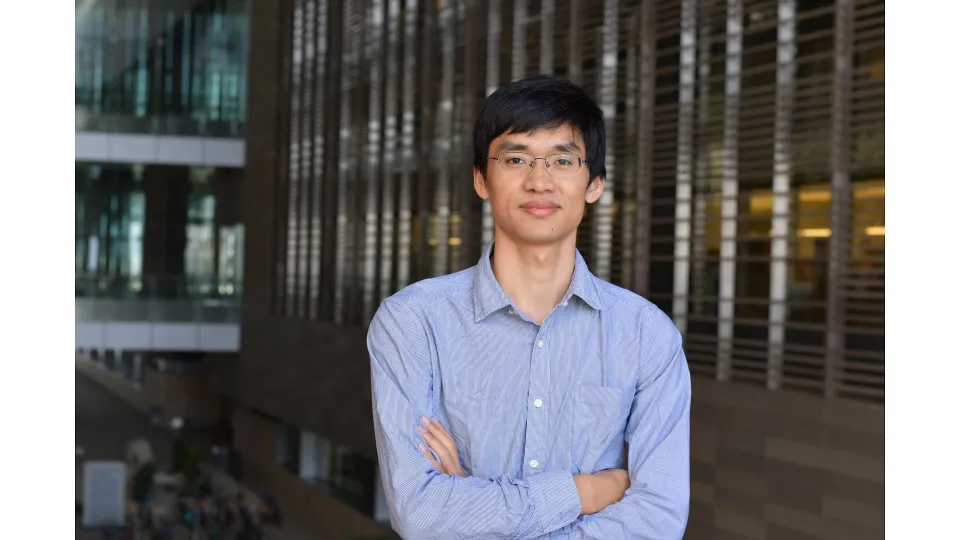Multiphysics Simulation of Semiconductor-based Terahertz Devices
Semiconductor-based terahertz (THz) devices such as photoconductive antennas (PCAs) and photomixers (PMs) are widely studied as promising candidates of THz source generation and signal detection. Recent experimental research has shown that using nanostructures in the design of these devices dramatically enhances their optical-to-THz conversion efficiency, possibly allowing their use in widespread industrial applications. However, the nanostructures also increase the complexity of design and fabrication.
Overview
Abstract
Semiconductor-based terahertz (THz) devices such as photoconductive antennas (PCAs) and photomixers (PMs) are widely studied as promising candidates of THz source generation and signal detection. Recent experimental research has shown that using nanostructures in the design of these devices dramatically enhances their optical-to-THz conversion efficiency, possibly allowing their use in widespread industrial applications. However, the nanostructures also increase the complexity of design and fabrication. To this end, numerical simulation tools become indispensable in understanding the underlying physical mechanisms and accelerating the design/fabrication process.
In this talk, I will introduce a simulator specifically formulated and implemented for semiconductor-based THz devices enhanced with nanostructures. The fundamental challenge in formulating this simulator is the rigorous modeling of the coupling between semiconductor device physics and electromagnetics. My talk will focus on this aspect as well as the general concerns in building mathematical models for various physical processes and their numerical discretization. To this end, I will introduce a discontinuous Galerkin framework that can efficiently discretize the multiscale mathematical models arising from the coupled semiconductor physics and electromagnetics. Furthermore, I will present numerical results which demonstrate the applicability of this framework in characterizations of a large range of optoelectronic devices.
Brief Biography
Dr. Liang Chen joined KAUST in 2017 as a postdoc in the research group led by Prof. Hakan Bagci, within the CEMSE division. He is working on computational physics with emphasis on electromagnetics and electronic transport. Dr. Chen received his Ph.D. degree in condensed matter physics from Chinese Academy of Science in 2012. Since then he has been working on computational electromagnetics and high performance computing. Before joining KAUST, he was a principal developer of the commercial software EastWave and also served as the director of the technical solution department in DongJun Technology Co. Ltd.
Refreshments: Light lunch will be provided.
